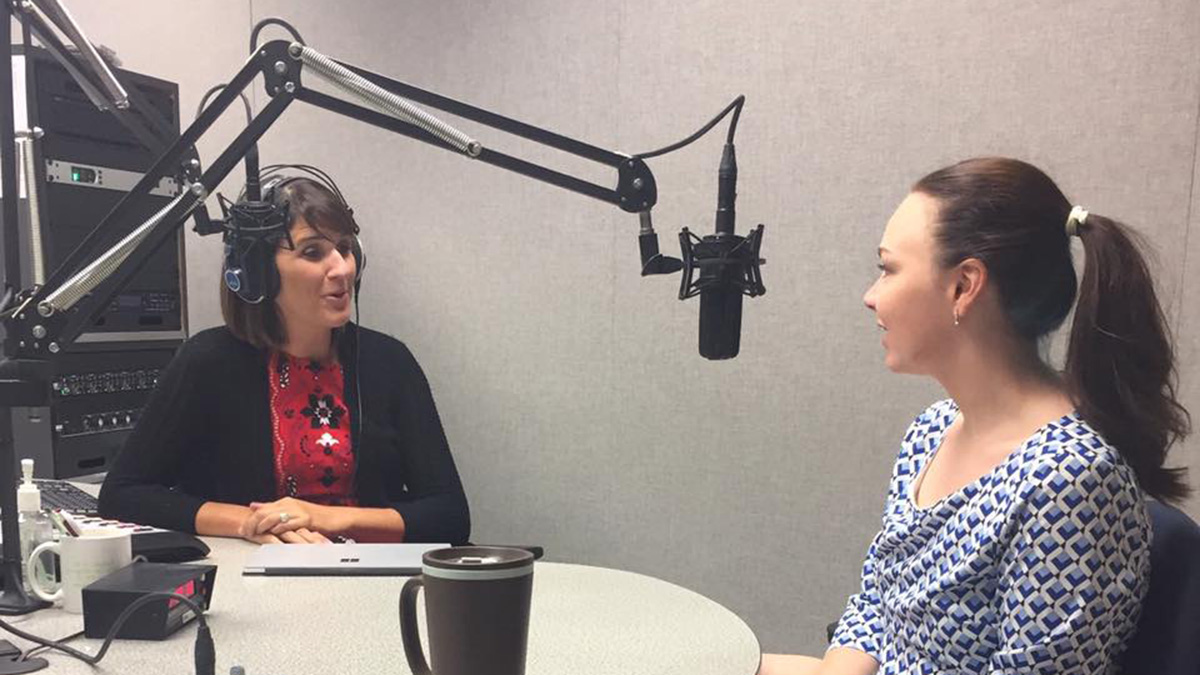The term “fake news” is flung around social media. It calls into question the integrity and ethics of some journalists and outlets. Sometimes the accusation is because the news is indeed fake, while other times it’s because the truth hurts.
Dr. Holly Holladay, assistant professor of media, journalism and film at Missouri State University, shares her thoughts on the topic.

Audio Player
Media literacy is key to teasing out fake news, noted Holladay. She is somewhat pessimistic and yet hopeful about the media landscape.
But how can you avoid the fake news story? How do you stop the story – a speeding train headed straight for viral status that you know looks a little suspicious? Holladay gives her thoughts on vetting information.
According to Pew Research Center, mobile news consumption jumped from 54 percent to 72 percent in the last few years alone. So now you’re reading a story that may sound fishy on a much smaller screen making it less convenient to open a new tab to verify information and sources. Fumble fingers and the frustration may or may not affect this desire to dig deeper, says Holladay.
Holladay also fears that satire is beginning to be lumped in with fake news, though the intention is quite different. While fake news originated to help the bottom line, satire exists to question dominant ideas.
Instead of being one hard and fast definition, perhaps, she says, that fake news is a spectrum.
Read full transcript for part 1
Read full transcript for part 2

